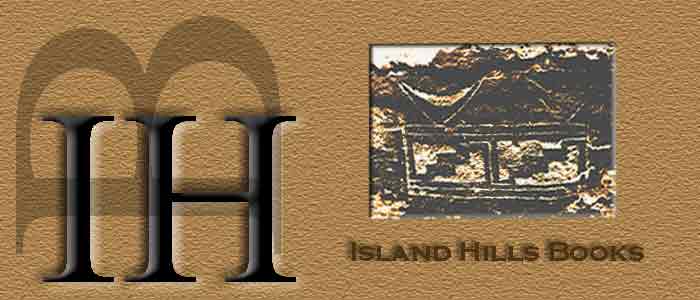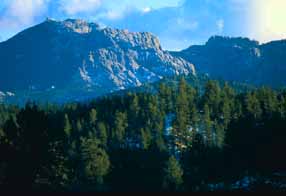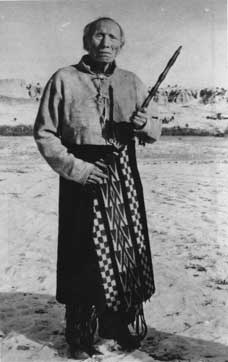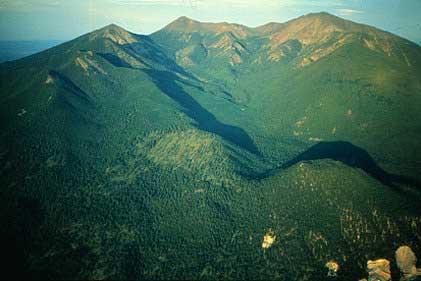
 |
|

|
|
Harney
Peak in the Black Hills
|
"The Black Hills is experienced by all the nearby Plains tribes
as a natural altar, as space chosen by the universe
to be a sacred place-- that is, a place
where the indivisibleand non-material primal energy of the cosmos
plunging into the material world does so
from the four directions as elemental forces:
thus, fire from the East, earth from the South,
water from the west, and air from the North.
These elementals meet within the crucible of the Black Hills
and continue to form certain shapes, certain living structures
on the mineral, vegetable, animal and human levels."
Ron Goodman, "The Hoop and Pole Game in the Rock Art of the Black Hills" (unpublished manuscript)
|
"Then I was standing on the
highest mountain
of them all, and round about beneath me was the whole hoop of the world. And while I stood there I saw more than I can tell and understood more than I saw; for I was seeing in a sacred manner the shapes of all things in the spirit, and the shape of all shapes as they must live together like one being. And I saw that the sacred hoop of my people was one of many hoops that made one circle, wide as daylight and as starlight, and in the center grew one mighty flowering tree to shelter all the children of one mother and one father. And I saw that it was holy." Hehaka Sapa from Black Elk Speaks: Being the Life Story of a Holy Man of the Oglala Lakota as told through John G. Neihardt |

|
"Sacred geography is never haphazard;
the environment is seen as an orderly, balanced system.
All tribes regard the four compass directions
and upward, downward, and center as particularly holy.
These directions are not abstractions,
however; they are embodied in the landscape.
The tribal home is the central land..."
J. Donald Hughes, American Indian Ecology
|

|
|
Home
of the Hopi
katsinas |
|
|
"Poetry is not mere imitation of nature; history is not a narration of dead facts and events. History as well as poetry is an organon of our self-knowledge, an indispensable instrument for building up our human universe." Ernst Cassirer from Essays on Man |
"There is only one thing you can do about kinetic, reenact it.
Which is why the man said, he who possesses rhythm
possesses the universe. And why art is the only twin
life has-- its only valid metaphysic.
Art does not seek to describe but to enact."
Charles Olson, "Human Universe"
"My mind gets taken over by this picture of the world
as a poem in which language, world and order, become identical.
The actual world speaks to me, and it comes to that pitch,
the words I speak with but imitate the way mountains speak.
I create in return."
Robert Duncan, Fictive Certainties
"All important words, all the words marked for grandeur by a poet,
are keys to the universe, to the dual universe
of the Cosmos and the depths of the human spirit."
Gaston Bachelard, The Poetics of Space
"Beyond the country's political and economic needs,
and possibly a prior condition for any sustainable political structure
or functional economy, is the need for a mystique of the land
such as supplied by the nature poets, essayists, and artists..."
Thomas Berry, The Dream of the Earth
"All the greatness of any land, at any time, lies folded in its names."
Walt Whitman, An American Primer